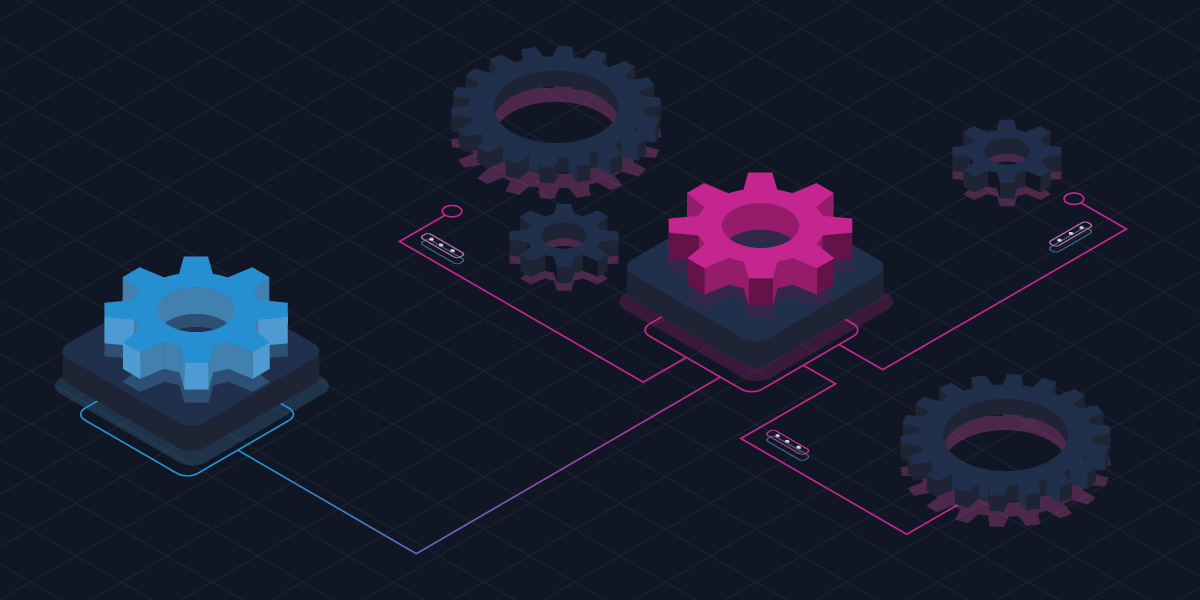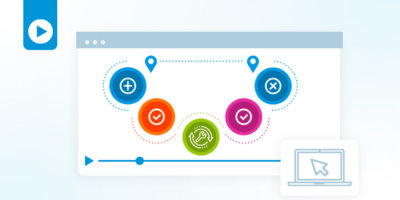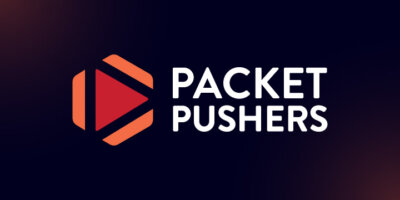Our CTO, Chris Wade, summed up the inaugural NetDevOps Day event in London well during his discussion session with this call to action for the community:

“I think this group is crucial. I’d like us to challenge ourselves to think about how we’re doing what we do. I’d like us all to think about how we can collaborate further.”
– Chris Wade, CTO Itential @ NetDevOps Days
It was a charge to the industry to act proactively toward adopting and progressing network automation.
But why now? We’ve had some level of automation for a while. However, today, the tools are there, the technology exists, and the benefits are obvious, high impact, and practical. As an industry, we’ve got to do better.
It’s time to evolve.
You can watch the full session below or read ahead for the highlights.
Why Evolving Network Automation Is Needed Now
One of the core concepts of Chris’ discussion at NetDevOps Days was the idea that application development is the natural driver for how we build, manage, and consume network infrastructure. The developers are the ones who need to request network services, in much the same way that they request services from public cloud providers. The difference is, spinning up a new VPC is instantaneous. But in the traditional model for network operations, a process that includes an internal network change might take hours or even days to be fulfilled. So how do we bridge that gap and make sure the network is serving the business as flexibly and agilely as possible? More automation. After all, that’s the lesson from public cloud environments generally: make services easier to consume, and developers will use them a lot more.
Early in his discussion, Chris introduces the concept of an automation maturity model, a helpful idea for individuals and teams looking to evolve. The maturity model is something Itential’s automation experts put together as a result of patterns we saw across teams and organizations adopting network automation, building a structure for how folks are looking at their automation goals. Automation evolution means different things to different people, but at the core we’re all looking to achieve the same thing: a better operating model, where network infrastructure and the rest of IT work together effectively.
The unfortunate reality is that we’re still seeing most network engineers stuck automating at the individual task level and struggling to find ways to evolve their maturity past it. There’s no set playbook for any given organization – they’re not sure what tools to use, what processes to change, or sometimes even what to automate. So, they’re left trying to figure out how to level up past an individual approach and missing out on the benefits of scaling automation to their entire team and organization. To evolve, network practitioners must help lead the charge to create an operational paradigm in which network automation has maximum impact.
OK, So How Do I Evolve?
A question we like to ask at Itential is, “what would it take for you to be willing to share your automation scripts?”
At a baseline, an individual is comfortable running their own scripts. They know what dependencies are built in, what they have and haven’t accounted for. Within many teams, it’s also common for individuals to say they’d be comfortable sharing scripts with the person who sits next to them, or who works most closely with them. However, during the NetDevOps Days session, when Chris asked the attendees who is comfortable sharing their scripts with strangers in their organization to use on their own, only about 10% of people raised their hands.
Why is that? To understand, we also need to dive a little more into network automation scripts. On an individual level, automation tends to mean scripts and script-based tooling such as Ansible or Python. These routes rely on CLI, an interface that was built for humans first and foremost. It’s far more effective to build automation around interfaces that are purpose-built for machine-to-machine communication: APIs.
API-driven network automation can interact with different network and IT systems to orchestrate complex processes, enabling network engineers to stitch together tasks from every different system required for an end-to-end change process. Teams who leverage automation solutions that are API-enabled can get beyond the network change alone and begin to automate everything.
That, of course, in turn allows network teams to offer up end-to-end automations as services for application developers to consume. This creates a cloud-like environment where network services can be requested and fulfilled instantly without any manual intervention.
Next Steps & What to Look Forward to
Now is the time to think big. Networking, as Chris pointed out at NetDevOps Days, tends to be pretty incremental. But there’s room for a big shift in mindset toward more programmable infrastructure. It’s not some pie-in-the-sky vision either: here at Itential, we’ve seen our most forward-looking customers leap ahead, adopting new operating models like NetDevOps and seeing incredible efficiency gains after implementing self-serve network automation. You can check out this S&P Global case study or this one with a leading digital payments company to see for yourself.
When we achieve self-serve networking, we enter a new operational paradigm, where the network serves the business in a more meaningful, accelerated way. As Chris points out in his NetDevOps Days discussion, AWS and the public cloud revolution taught a valuable lesson: when services are made easier, faster, and more available, then developers will use them a lot more. Taking the same approach with network infrastructure can deliver significant benefits.
At an individual level, scripts-based automation saves effort and time. But from an organizational level, a script that automates a network change alone often does not save time in terms of the overall change process. That’s because other steps on other systems, like inventory, ticket management, pre-checks, post-checks, and others still take up a large percentage of the change process. But when all of that can be automated, instead of just the CLI-driven network change, network services become lightning quick, and the network starts to drive rapid development and innovation.
That means the most advanced operating models for network automation are a win-win-win scenario: the network team won’t need to manually intervene for each service request, the application developers can see network service requests fulfilled instantly, and business operations accelerate overall.
So, are we ready to do better as an industry, as a community? At the end of the day, it’s the network engineers and teams who will be able to help lead the charge toward a more progressive and programmable-first approach to network automation. You can check out the full on-demand session here to get some great insight from Chris, as well as some impactful feedback from the attendees themselves.
And, if you’re interested in joining the conversation yourself, NetDevOps Days has their next event scheduled for October 26 in New York City. Get the full details and register here.





